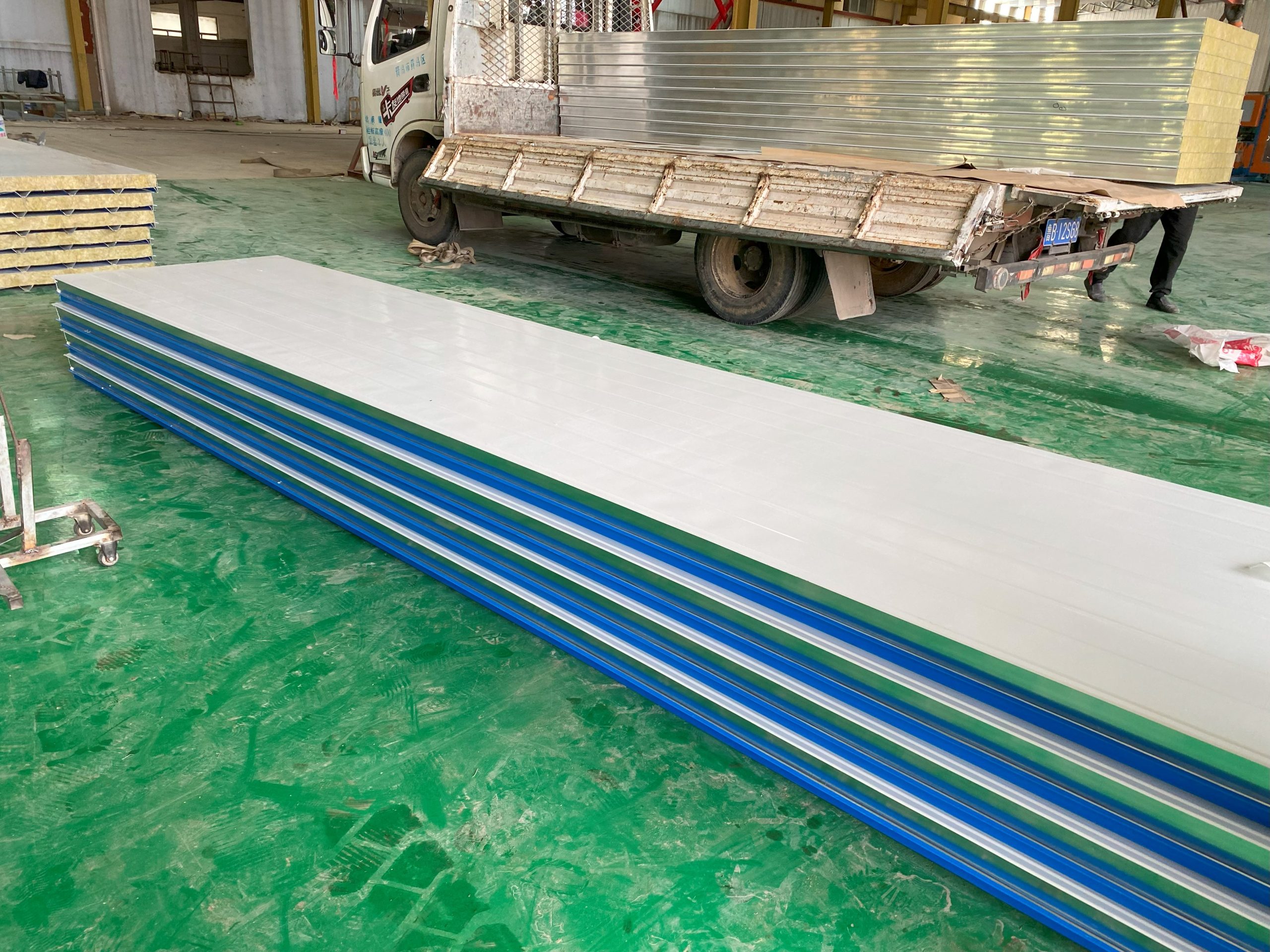Table of Contents
Material Composition of Sound Insulation Panels: Understanding the Key Components
Sound insulation panels are an integral component of modern construction, offering a means to mitigate unwanted noise and enhance acoustic comfort within buildings. These panels are engineered to reduce the transmission of sound energy, providing a barrier against airborne and impact noise. Understanding the material composition and manufacturing processes of sound insulation panels is crucial for architects, engineers, and builders aiming to optimize acoustic performance in various applications.
At the core of sound insulation panels lies a diverse array of materials carefully selected for their acoustic properties and structural characteristics. Common materials used include mineral wool, fiberglass, foam, and various composite materials. Mineral wool, derived from natural or synthetic Minerals, is renowned for its excellent sound absorption capabilities due to its porous structure. Fiberglass, composed of fine glass fibers, offers similar acoustic benefits and is often utilized in lightweight panels for its versatility and cost-effectiveness.
Foam materials, such as polyurethane foam or expanded polystyrene, are prized for their high sound absorption coefficients and ease of installation. These materials are frequently employed in both residential and commercial settings, providing effective noise control solutions without compromising space or aesthetics. Composite materials, combining multiple layers or additives, offer enhanced acoustic performance and structural integrity, making them suitable for demanding applications where superior sound insulation is required.
The manufacturing process of sound insulation panels is equally important in determining their performance characteristics. Panels may be fabricated through various techniques, including compression molding, extrusion, and lamination. Compression molding involves subjecting raw materials to high pressure and temperature within a mold, resulting in dense and uniform panels with excellent soundproofing properties.
Extrusion processes, on the other hand, involve forcing molten material through a die to produce continuous profiles or sheets of insulation material. This method is favored for its efficiency and scalability, enabling the production of large quantities of sound insulation panels with consistent quality. Lamination techniques involve bonding multiple layers of materials together, often incorporating barriers or damping materials to enhance soundproofing capabilities.
Transitional phrases like “At the core,” “Common materials used include,” and “The manufacturing process” help guide readers through the article. These phrases provide a smooth transition between different sections, aiding comprehension and ensuring a coherent flow of information.
In conclusion, sound insulation panels are essential components of building design, offering effective solutions for noise control and acoustic comfort. By understanding the material composition and manufacturing processes of these panels, architects, engineers, and builders can select and deploy them effectively to optimize acoustic performance in diverse environments. Whether it’s mineral wool for its sound absorption capabilities or composite materials for enhanced insulation, sound insulation panels play a vital role in creating quieter and more comfortable living and working spaces.
Process Characteristics of Sound Insulation Panels: Manufacturing Methods and Performance Evaluation
Sound insulation panels play a crucial role in mitigating noise pollution, whether in residential, commercial, or industrial settings. Understanding their material and process characteristics is essential for selecting the right panels to meet specific acoustic requirements. In this article, we delve into the intricacies of sound insulation panels, focusing on their manufacturing methods and performance evaluation.
To comprehend the material characteristics of sound insulation panels, it’s imperative to first grasp the materials commonly used in their construction. These panels often consist of layers of dense materials such as fiberglass, mineral wool, foam, or specialized acoustic materials like mass-loaded vinyl. These materials are chosen for their ability to absorb, block, or reflect sound waves effectively.
The manufacturing process of sound insulation panels varies depending on the materials used and the desired performance characteristics. One common method is the lamination of multiple layers of sound-absorbing materials, which are then encased in a protective outer layer. This process enhances durability while maintaining acoustic performance.
Another manufacturing technique involves compressing and bonding fibers or foam together to create a dense, homogeneous panel structure. This method ensures uniform sound absorption and insulation properties throughout the panel’s surface.
Performance evaluation of sound insulation panels is conducted through standardized testing procedures to assess their effectiveness in reducing sound transmission. One widely used metric is the Sound Transmission Class (STC) rating, which measures a panel’s ability to block airborne sound. Panels with higher STC ratings provide better sound insulation.
In addition to STC ratings, panels are also evaluated based on their Noise Reduction Coefficient (NRC), which measures their ability to absorb sound energy across different frequencies. Panels with higher NRC values are more effective at reducing reverberation and improving sound quality within a space.
Manufacturers often conduct laboratory tests using specialized equipment to measure a panel’s acoustic performance accurately. These tests simulate real-world conditions to ensure that the panels meet specified noise reduction requirements.
Furthermore, field testing of installed panels in actual environments provides valuable data on their performance under real-world conditions. This empirical approach helps validate the effectiveness of sound insulation panels in various applications, from Office Buildings to recording studios.
Advancements in materials science and manufacturing technology continue to drive innovation in the development of sound insulation panels. New materials and production methods are constantly being explored to enhance acoustic performance while reducing environmental impact.

In conclusion, sound insulation panels are essential components in controlling noise pollution and improving acoustic comfort in diverse environments. Understanding their material characteristics, manufacturing processes, and performance evaluation methods is crucial for selecting the right panels to meet specific acoustic requirements. By staying informed about the latest developments in sound insulation technology, we can create quieter, more comfortable spaces for work, leisure, and relaxation.
